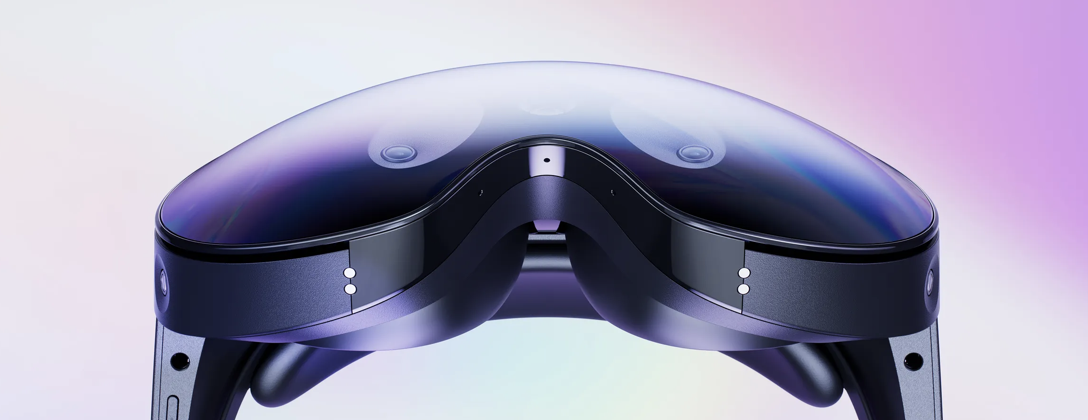Winning the developers is key
In December of 2021, I incorrectly predicted Apple would preview its mixed reality headset at WWDC in June of 2022. This begs the question: will we really see it this year? Coming into these events there’s a pattern of product rumors gaining momentum and sometimes falling short. This year feels different. Notably, Bloomberg’s Mark Gurman, who has a high hit rate when it comes to product predictions, has been steadfast that the new device is coming this June.
What stands out to me is the timing of the launch. Typically WWDC is reserved for Apple to showcase new software to developers. Product announcements at the event tend to be modest upgrades compared to entering new product categories with both the iPhone and iPad being announced in the month of January and the Watch in September.
The reason why Apple is picking WWDC as the MR headset’s preview point is the importance of winning developers. History suggests when there is a hardware paradigm shift, winning developers is critical.
- In the 1980s Microsoft did it, paving the way for the success of the PC.
- In 2007 Nvidia released CUDA (Compute Unified Device Architecture) which made it easier to develop applications that run on Nvidia’s GPUs.
- In 2008, a year after the iPhone was released, Apple did it, changing the phone into a computer in your pocket.
In other words, Apple gets it. There is likely going to be a shift away from phones over the next decade, and that shift will include more wearables. If Apple waits for the utility of these wearables to become apparent to the masses, it could be too late. By that time Meta, Google, or Microsoft would already have made enough hardware and software progress that will make it difficult for Apple to gain traction. iPhone’s hardware was the most advanced on the market in 2007, and developers jumped on board. Now is the time for Apple to win developers over with a best-in-class device. If they do that, developers will jump in and build products that unearth the utility of the device, and the virtuous product/developer cycle begins once again.
